This guide will help you select the best Portrait lens for your Canon camera. First of all, you can use almost any lens for portrait photography.
Both zoom and prime lenses will be good here, but what you’re mostly looking for is sharpness, bokeh and good focal length for people’s faces.
For this guide, we’ve looked at all lenses available for Canon DSLRs (this includes Sigma, Tamron etc.) and selected the best possible options for portraits.
We asked ourselves the following questions for every lens we checked:
1. Sharpness – How sharp is the lens, especially at its widest aperture?
2. Focal Length – Between 35mm and 200mm is ideal (from group shots, to tight portraits).
3. Quality – How much aberration, flare and vignetting is visible, and is the quality top notch?
4. Bokeh – Creamy, smooth bokeh makes your subject pop out and isn’t distracting.
5. Price – Do you have to sell your car to get it? The lens better be worth every dollar.
6. Autofocus – Is it fast and accurate, or is it more appropriate for still subjects.
The size of your Canon DSLR’s sensor is also important, as APS-C cameras (all under $1,500) have a 1.6x crop factor. This means that a 50mm lens on APS-C actually gives you the same field of view as a 80mm lens on full frame (just multiply your focal length x 1.6 = full frame equivalent). So if you see us say that “50mm is great for full body shots on full frame”, you’d actually need a ~35mm lens for your APS-C to get the same field of view.
The Top 10 Canon Portrait Lenses:
1. Sigma 35mm f/1.4 Art DG HSM
2. Canon 50mm f/1.8 STM
3. Sigma 50mm f/1.4 Art DG HSM
4. Canon EF 50mm f/1.2L II USM
5. Canon EF 85mm f/1.8 USM
6. Canon EF 85mm f/1.2L II USM
7. Canon EF 100mm f/2.8L IS USM Macro
8. Canon EF 135mm f/2L USM
9. Canon EF 24-70mm f/2.8L II USM
10. Canon EF 70-200mm f/2.8L IS II USM
If you decide to buy anything through our Amazon links, you automatically support us. It’s what allows us to write guides such as this one.
Table of Contents
Toggle1. Sigma 35mm f/1.4 Art DG HSM
The Sigma 35mm f/1.4 Art DG HSM is the widest lens we chose. On a full frame DSLR, it’s great for group shots and environmental portraits. This makes it an excellent choice for weddings, streets, and concerts, and is ideal for when you want to have more than strictly your subject in the shot.
Quality wise, the lens is spectacular. Sigma’s Art line features lenses that have excellent sharpness, contrast and colors even at f/1.4. It’s quick at auto focusing thanks to the Hyper Sonic Motor, although it’s not unusual for it to hunt in low light. Mounted on a FF camera, you’ll see some vignetting at f/1.4 as with all other 35mm lenses, but it’s nothing drastic.
The lens blows the old Canon f/1.4L out of the water, but the newer f/1.4L II has slightly better contrast and sharpness. You can check out PetaPixel’s comparison between the two here. However, do note that the Canon costs $800 more, and most issues such as vignetting and aberration can easily be fixed.
It’s up to you to decide which one fits your work style, but for the money, nothing beats the Sigma. The only category where the more expensive Canon wins is the AF speed, so if you absolutely need the fastest focus in all conditions, go with Canon. We’re not saying the Sigma is slow or bad at AF, it’s just that Canon’s USM technology is better here.
For a 35mm lens, bokeh looks surprisingly good, and it also features full time manual focus (FTM) and has a closest focusing distance of 11.8″ (0.30m). On APS-C cameras like the Canon 80D, the field of view will be equivalent to a ~50mm lens on full frame, which is a common focal length for all different sorts of portraits.
You can buy it at Amazon or see more reviews here.
2. Canon EF 50mm f/1.8 STM
You will find the Canon EF 50mm f/1.8 STM in almost all of our lens guides. Because of its large aperture and 50mm focal length, it’s perfect for both APS-C and FF portrait shooters. Plus, it’s so damn cheap.
Why the 50mm? It was released in 2013 and replaces the old, also cheap 50mm f/1.8 II, but comes with improved build quality, quieter AF and less optical issues. It costs around $125 yet the quality of this prime is far beyond how little you pay for it. There’s also a Canon 50mm f/1.4 that costs 3x more, but with the new f/1.8 we don’t find the extra price to be worth it (same focus speed, same quality).
With an aperture of f/1.8, you can really blur the background and make your subject pop. The longer your focal length, the further away from your subject you need to be, which also makes the depth of field even shallower.
In most of our shots the lens performed really good completely wide open, with little to no chromatic aberration. Stopping down to f/2.2-f/2.8 makes everything even better, but you can easily use it at f/1.8 for low light situations, or blurring the background. Concerts, weddings, everyday stuff, indoor action, you name it.
If you ever plan on recording videos as well, you’ll be happy to know that the STM technology, combined with a DSLR that has Dual Pixel AF technology, makes videos look awesome thanks to accurate AF.
Just like its predecessor, the new 50mm is extremely light and small; 5.6 oz (159g) and 2.7 x 1.5″ (69.2 x 39.3mm). Hands down the best bang for the buck from Canon.
You can buy it at Amazon or see more reviews here.
3. Sigma 50mm f/1.4 Art DG HSM
We thought about Canon’s 50mm f/1.4, but if you really need f/1.4 then the Sigma 50mm f/1.4 Art DG HSM outperforms it. It does cost more indeed, but at $899 it’s again a great deal for the money.
At f/1.4, it’s got better contrast and sharpness than all Canon 50mm lenses (f/1.8, f/1.4 and f/1.2L). It’s more or less expected as it costs $500 more than the f/1.4 version, and is also newer than all of them (2014). If size and weight are important to you, do note that it’s also bigger than all of them at 3.4 x 3.9″ (85.4x x 99.9mm) and 28.7oz (815g). It’s by no means a compact 50mm lens, but then again it’s what comes with excellent optical quality.
With 13 elements in 8 groups, it’s no surprise it’s that big. The minimum focusing distance is 40cm, 5cm shorter than Canon’s 50mm f/1.4 and f/1.2L at 45cm.
Bokeh looks good thanks to a 9 blade aperture, but you could hardly tell the difference compared to a non-f/1.2 50mm. You will hardly see any haze, chromatic aberration or ghosting, it’s miles ahead of most other 50mm’s. If you’re looking for a 50mm that gives you the best of all worlds for weddings, portraits and casual stuff, this is the one.
You can buy it at Amazon or see more reviews here.
4. Canon EF 50mm f/1.2L USM
Our opinion of the Canon EF 50mm f/1.2L USM will be short.
You should only get it if you plan on using it at f/1.2-f/1.8 (either because you want creamy bokeh and/or a lens for extreme low light). There’s no point in spending so much for a lens unless you’ve been using a 50mm lens for some time, and know exactly what you want. We would definitely not recommend getting this if you’re a beginner.
Because of its aperture, bokeh and colors, it’s an excellent portrait choice because it will truly make your subject stand out. At f/1.2 you’ll be able to see that it’s not razor sharp if you print big or zoom in 100%, but for mostly online sharing, you’ll be good to go.
In terms of size and overall design, it feels really well built and is also weather-sealed like the majority of L lenses. It’s got FTM, a closest focusing distance of 1.48 feet (0.45m) just like the f/1.4.
The depth of field is extremely shallow at f/1.2, so you better make sure your focus is spot on. You’ll quickly see any mistakes (your own or from the lens). Definitely spend some time making sure the lens you’ve got has no focusing issues or you’ll regret it when actually shooting.
You can buy it at Amazon or see more reviews here.
5. Canon EF 85mm f/1.8 USM
The Canon EF 85mm f/1.8 USM has a focal length that most people consider to be the sweet spot for portraits, and it’s true. You’re not getting any distortion as it’s not too wide, yet you’re not too far away from your subject that you couldn’t communicate normally.
Such a long (short telephoto though) length easily throws the background out of focus, and when you combine it with the aperture f/1.8 and 85mm’s great looking bokeh, you’ve got a portrait winner.
What’s special about the Canon 85mm?
It’s sharp and optically superb.
Auto focus is fast and accurate thanks to its Ultra Sonic Motor (USM).
It’s light, compact and feels very well designed, far from cheap.
The 85mm focal length is great on both FF and APS-C cameras. You can take pictures of your subject without being extremely close. Besides weddings and portraits, this makes it a good choice for smaller indoor sports, animal portraits, concerts and much more.
You might be tempted between the f/1.8 and f/1.2 version, so we’ll make it easy for you. Quality is more or less the same on both, even when wide open. The f/1.8 has way faster auto focusing, so if you often take pictures of moving subjects, you’ll definitely prefer the cheaper lens. It’s much lighter and smaller as well.
You can buy it at Amazon or see more reviews here.
6. Canon EF 85mm f/1.2L II USM
The famous Canon EF 85mm f/1.2L II USM is loved by many and is truly the king of portrait photography.
However, before you spend more than $1,500 on a lens, you should know that you probably won’t use it elsewhere that much. The auto focus is too slow for sports and you’ll be disappointed as probably half of your shots won’t have tack on focus. That’s not to say it’s not accurate or anything, it’s ideal for more relaxed situations where there’s not much movement, and most portraits fit in that department.
If portrait photography represents the majority of your work/needs, and you want the smoothest bokeh with your subject looking “3D”, you will love it. Don’t get it as your first lens, just like the 50mm f/1.2L above, but instead get it if you feel like your current, cheaper versions at the same focal length aren’t giving you exactly what you want.
The real beauty of this lens is between f/1.2 and f/1.8. If you’ll rarely use it at these sizes, you’re far better off with with the f/1.8 version.
The lens is big and bulky, which is one of the reasons why AF can’t be that quick. There’s also no Image Stabilization but that’s where the f/1.2 aperture hops in. Plus, having IS in a 85mm lens would most likely reduce the overall quality and definitely bump the price up too much.
You can buy it at Amazon or see more reviews here.
7. Canon EF 100mm f/2.8L IS USM Macro
Macro lenses are sharp, long and quick at focusing. Besides bugs and smaller things, all of this makes them an excellent candidate for portrait photography. The Canon EF 100mm f/2.8L IS USM Macro is our favorite in this department, seeing as it features Hybrid Image Stabilization (helps in all directions) which is a big help in low light situations.
What are the biggest differences between this one, and the cheaper non-L 100mm f/2.8?
The L version has faster auto focus, is weather-sealed and most importantly uses advanced Image Stabilization technology. The majority of macro shooters might not find it important, but since you’re going to use it for portraits and rarely on a tripod, the up to 4-stops IS can be a life saver, especially in dim light. Plus, at 100mm you’d need to be at around 1/100 to get acceptable results (a general rule of course and not always correct), but with IS this translates to speeds around 1/15.
Image quality is 99% the same with both lenses.
You can buy it at Amazon or see more reviews here.
8. Canon EF 135mm f/2L USM
Yes, the Canon EF 135mm f/2L USM may be one of the oldest lenses on this list, but it’s still optically excellent. In fact, it beats the 85mm f/1.2L with both lenses being at f/2, and is almost identical to the macro above at f/2.8 (hard to spot a difference).
There’s less chromatic aberration, better contrast and slightly more sharpness.
The 135mm length on full frame cameras is also adored by many. If you like what the 85mm is capable of, then you’ll love the 135mm’s soft background blur.
One other area where it also beats it is auto focus speed, it’s simply years ahead. You could actually use it for indoor sports, so you know you’re safe when it comes to portraits, kids running around, animals etc.
Any bad news? There’s no Image Stabilization here, and at such long lengths you’ll have to shoot at around 1/125, let’s say 1/100 if you’re really still. Fortunately the f/2 lets in a lot of light though. Plus, having IS would greatly increase the price and overall size (it weighs 1.7 pounds).
At 135mm you have to stand quite further away from your subject compared to lenses above, so you’ll have to be louder if you want to communicate. The closest focusing distance is 3 feet and the lens takes 72mm filters.
You can buy it at Amazon or see more reviews here.
9. Canon EF 24-70mm f/2.8L II USM
The first zoom on our list is the Canon EF 24-70mm f/2.8L II USM, a lens used by all sorts of photographers; weddings, journalism, traveling, indoors, all-around, portraits, you name it.
Unless you shoot at extreme wide angles or wildlife, most of your shots are between the 24 and 70mm range. For portraits, it’s very versatile as you can instantly switch between photographing groups, scenes, to head/shoulder portraits. It’s great for both FF and APS-C systems (on APS-C it’s equivalent to a 38-112mm lens).
It is quite expensive though, but that’s expected from an L zoom that goes to f/2.8. Images are really sharp, auto focus is extremely fast and accurate and the lens is weather sealed.
Do weddings? You’ll need the 24-70mm. Paired with a FF you could probably shoot the entire lens with it if you had to go with only one.
Compared to its predecessor it shows less problems such as vingetting and aberration and is noticeably sharper at f/2.8. Unfortunately, none of them have Image Stabilization. There’s a Tamron 24-70mm with IS yet AF is not always as reliable as with Canon’s USM lenses.
You can buy it at Amazon or see more reviews here.
10. Canon EF 70-200mm f/2.8L IS II USM
 Here’s another legend. The Canon EF 70-200mm f/2.8L IS II USM was released in 2010 and is the best and most expensive 70-200mm out there.
Here’s another legend. The Canon EF 70-200mm f/2.8L IS II USM was released in 2010 and is the best and most expensive 70-200mm out there.
The length alone makes it great for many types of photography, ranging from portraits, sports, wildlife, indoor action, concerts, events, weddings. Besides having f/2.8 to work with in low light situations, the lens is also equipped with Image Stabilization that helps you up to 4 stops.
Build quality is top notch, you can safely use it in tough weather conditions. It’s also the heaviest of 70-200mm lenses, here’s the breakdown:
70-200mm f/2.8L IS II USM – 52.6 oz (1490g)
70-200mm f/2.8L USM – 46.2 oz (1310g)
70-200mm f/4L IS USM – 26.8 oz (760g)
70-200mm f/4L USM – 24.9 oz (705g)
If you’re only after the best and need IS, obviously get the f/2.8L IS II USM. However, if you know you won’t need IS or even f/2.8, and want a lighter lens, you’d be better off with any of the f/4L versions. They’re all worth the price and deliver great quality images.
You can buy it at Amazon or see more reviews here.
Which Canon Portrait Lens To Buy?

1. Zoom or Prime?
Many professional portrait photographers prefer prime lenses due to the fact that they’re usually sharper and have a way bigger maximum apertures. The difference between f/1.4 and f/4 is enormous, in both the shutter speed and ISO settings you need to use to get the desired shot, as well as in bokeh. We suggest a minimum of f/2.8, but if you’re after those creamy backgrounds, get yourself a prime.
With a zoom lens you don’t have to move all the time, which is sometimes a big plus as you don’t want to distract anything. If that’s important to you, then a zoom might be a better choice, but if for portraits you usually have enough space to move as you wish, you’ll easily see the benefits of prime lenses.
2. Focal Length
The most important factor! With a wideangle lens you need to be really close to your subject, which ultimately distorts their faces. For portraits, stick to 35mm to 200mm and your clients will be thankful as their faces and bodies will look normal.
35mm lenses are great for showing more than just your subject isolated (perhaps their workplace, the environment, streets, nature and so on).
50mm lenses are ideal for full body shots and casual shooting
85mm lenses have the perfect combination of focal length and bokeh, and are also most usable for head shots
135-200mm lenses are best for when you can’t be too close to your subject, or you’re looking for the most background blur and flat faces due to such long lengths.
Most photographers use a 50mm and/or a 85mm lens, so any of these two will be great if you’re still confused. If you can’t decide what length to go with, use whatever zoom you currently have and stick to one single length for a few days to get the feeling.
3. Auto Focus
Unless you prefer manual focusing, you want AF that you can count on. Shooting with large apertures is tricky since your focus needs to be spot on. If you accidentally focus on the nose instead of the eyes at f/1.2, that might just ruin the shot. You always want to make sure your lenses don’t have front/back focus issues and that they’re as accurate as they can be. If you never did any tests before, check out the video explaining you how here.
All lenses on our list except for the 85mm f/1.2L are pretty fast and will handle both stills and action well.
4. Image Stabilization
Having IS is always a big plus, but unless your subjects are always completely still, you won’t actually benefit from it here. This is why you shouldn’t worry so much if a prime doesn’t come with IS, that big aperture makes up for it.
Find the Perfect Canon Lens
If you’re looking to narrow down the options based on a specific type of photography or if you’re trying to figure out what the best lenses are for a particular Canon camera then check out our simplified guides to finding the best Canon lenses by using our “5 star” selection system.
Best Canon Lenses For:
First and foremost, I’m a husband and father. Then professionally I’m photographer, designer, blogger, and Esty store owner. My homebase is near the stunning Wasatch mountains in Utah but I love traveling with my family as part of our homeschooling journey. I also love teaching and helping out others. My faith is one of the biggest aspects of my life and brings be a consistent joy that I haven’t found in anything else. My main blog is BestPhotographyGear.com and I strive to make photography simple for anyone looking to learn or find gear for their individual needs. By nature, I like to study, research, and analyze things and I use that help provide the best advice and reviews I can.

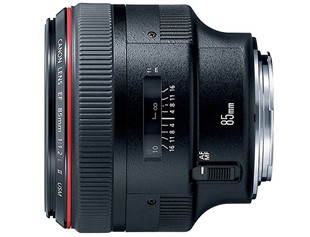














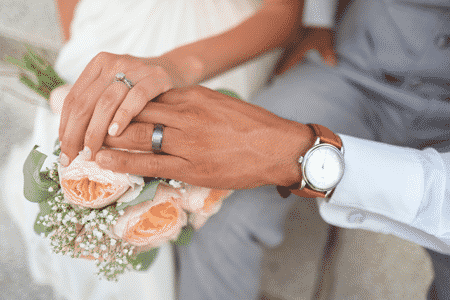


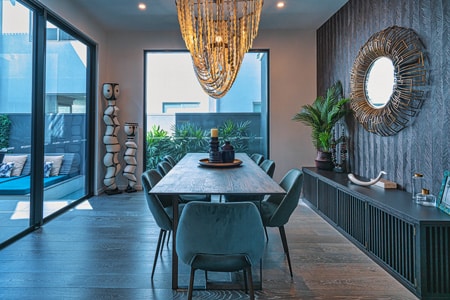
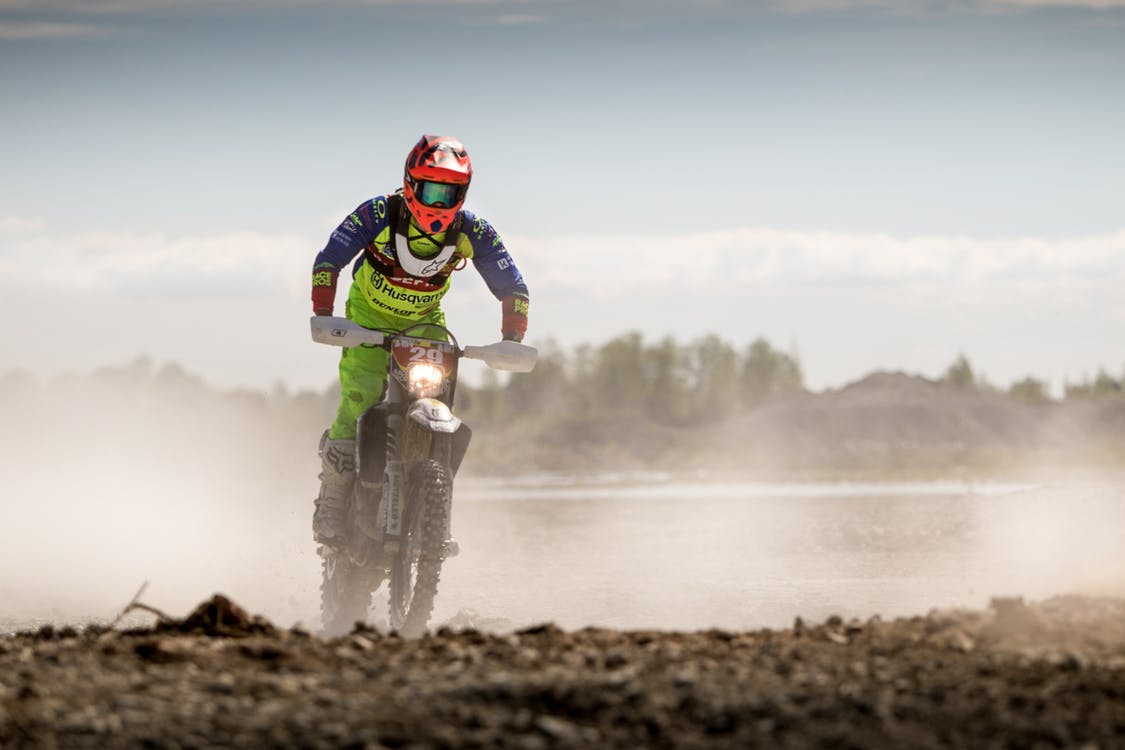
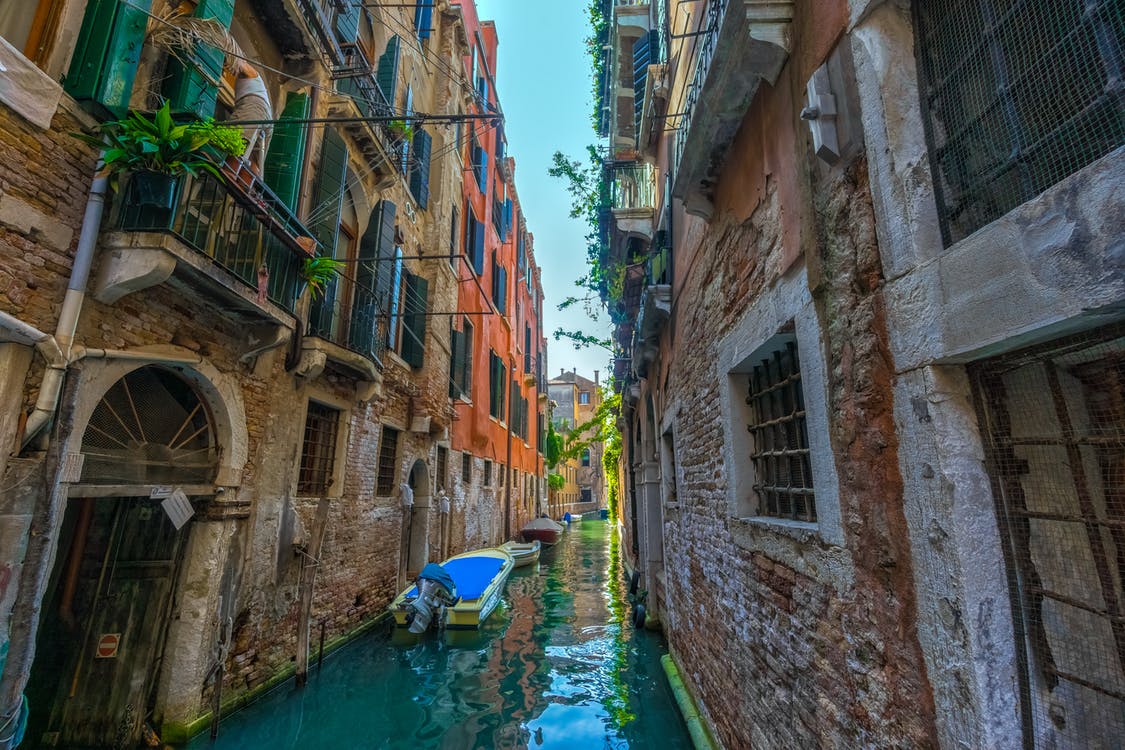
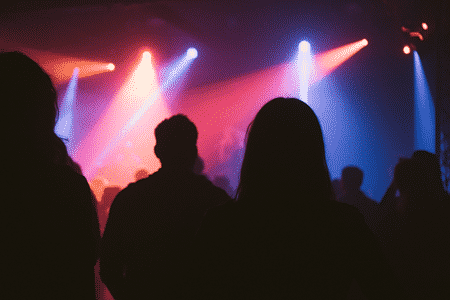
1 Comment
Jeff Allen
October 30, 2017 at 12:30 pmThe EF 70-200mm f2.8L IS II USM is my favourite lens for portraits the bokah on this zoom is brill.